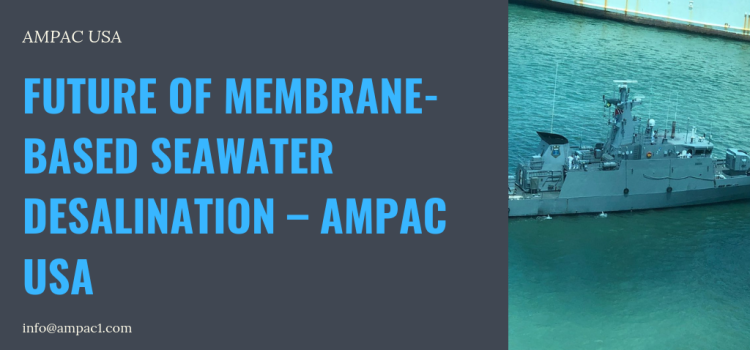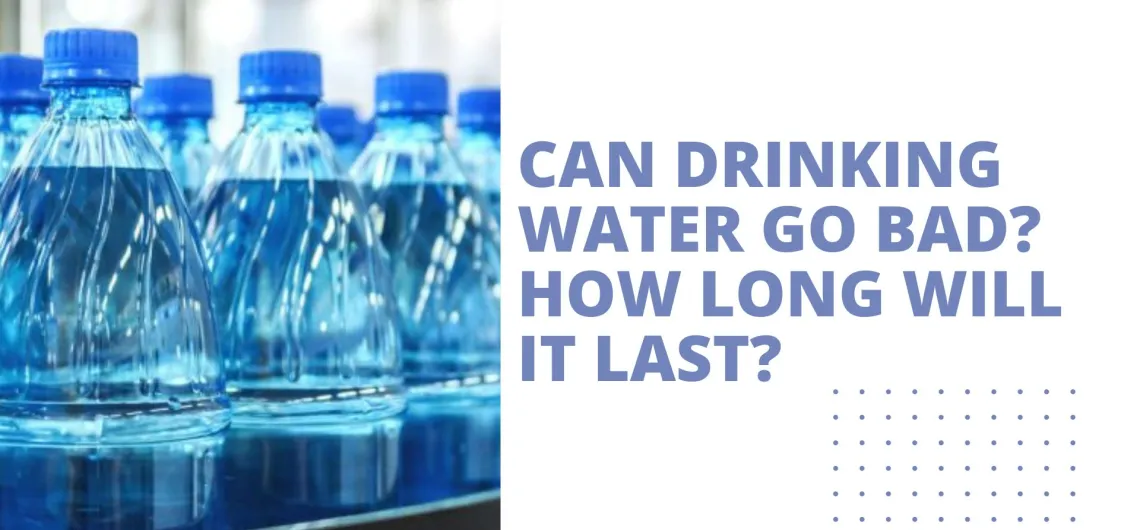The world has been using seawater desalination technology for a long time. A decade ago, major desalination plants used seawater and used thermal energy to get drinking water for millions of people together. This traditional method was effective, however, came with poor efficiency. The amount of energy required to boil water and then condense the vapors was far too much. Recently, this method has been replaced by membrane-based reverse osmosis that is now being used by some of the major industries as well as countries for providing clean and safe drinking water to their people. This method has replaced the previous one with better efficiency and output. But what lies ahead in for this technology is something to look out for.
Present Prospects:
The technology which is also known as SWRO is facing a bigger challenge and opposition due to its high unit installation costs and energy requirements. Not only this but the amount of pollution caused by the rejected water is one aspect to think about. This causes harm to the marine life as well as the atmosphere with its GHG emissions. This can, however, not be replaced by another option, at least not for another decade considering quite a big amount of the world population lives near the seas. This makes the oceans a vast and practically abundant resource at our hands. Today,
- We have more than 18,000 desalination plants around the world of which more than half operate on RO technology.
- The pollution caused by the method and its ill effects is being currently studied across all the world to make it better and sustainable each day.
- The SWRO is seeing a major transformation in the kind of method, membrane technology, process and more to make it more eco-friendly.
- These efforts have resulted in some of the most promising discoveries in the past few years.
Future Prospects:
Being mindful of the requirements that the future requires for us, the major discoveries made have set a path for us to work upon. It requires for us to use SWRO as a conventional technology and work towards making it as efficient, productive and green as possible. We wouldn’t want to be faced with either a water crisis or global environment problem. Which brings us to the future prospects of this.
- With a vision in mind, careful studies are now approaching this topic from different angles. To make the method more efficient, Graphene sieves, membrane tech, and more changes are being suggested in the current method.
- For membranes, high ultra-permeability with emerging processes is being now looked into.
- These emerging processes look at the problem from a very different perspective of base method. These can include, membrane distillation, pressure induced or retarded osmosis, forward osmosis, reverse electrodialysis and more.
SWRO technologies hold more importance to us in the water filtration history than ever before. With its proved effectiveness, the only thing that remains in front of us to make it as eco-friendly and sustainable as possible. This is so that if we do not find another method of filtration, this will be our salvation for a long time to come.
Author’s Bio:
AMPAC USA is a leading manufacturer of advanced reverse osmosis water treatment systems. For over 28 years the company has been providing its customers and clients around the world solutions to their water treatment problems. With years of an impressive track record, Ampac strives to develop solutions to make reverse osmosis systems, advanced for improved quality and cost efficiency.










